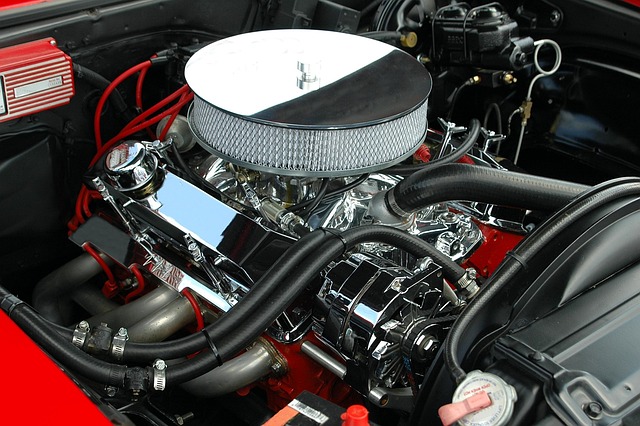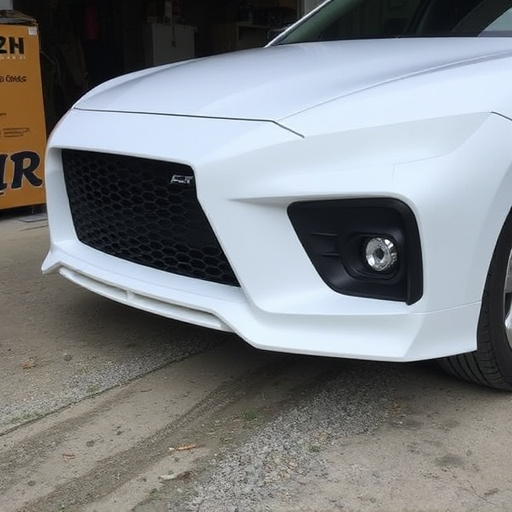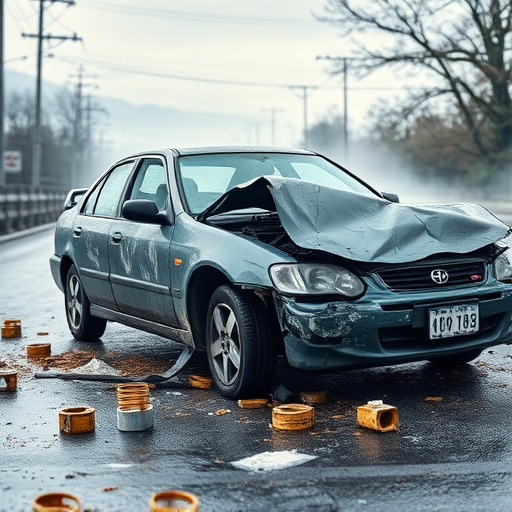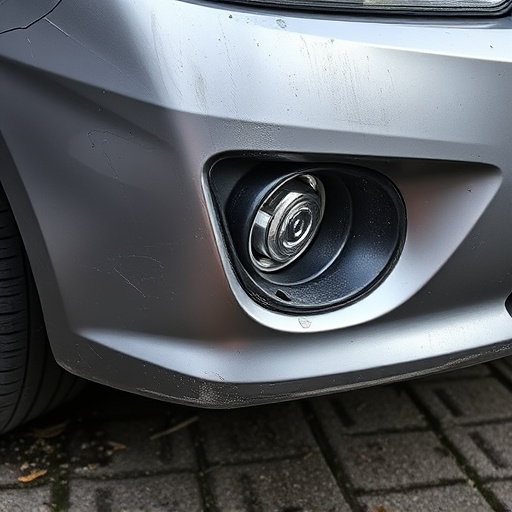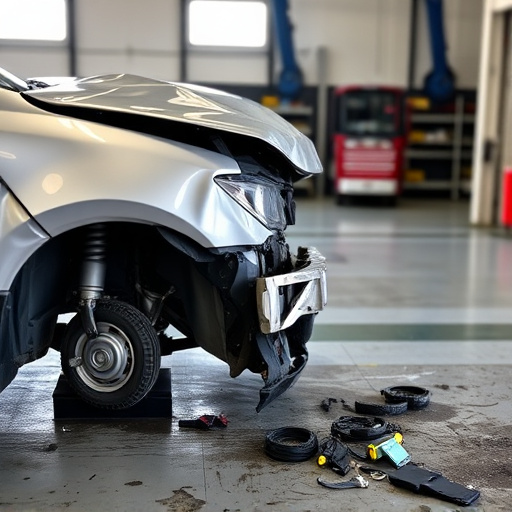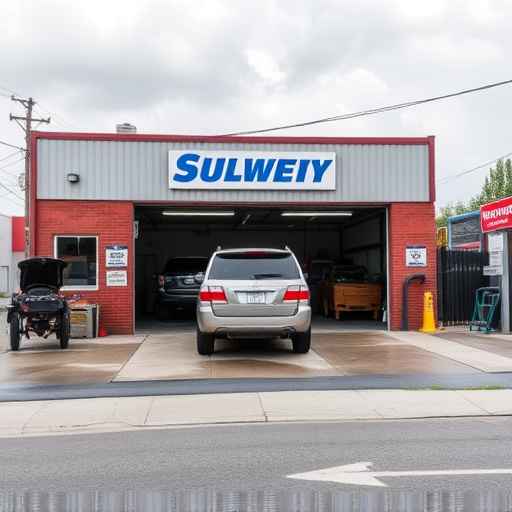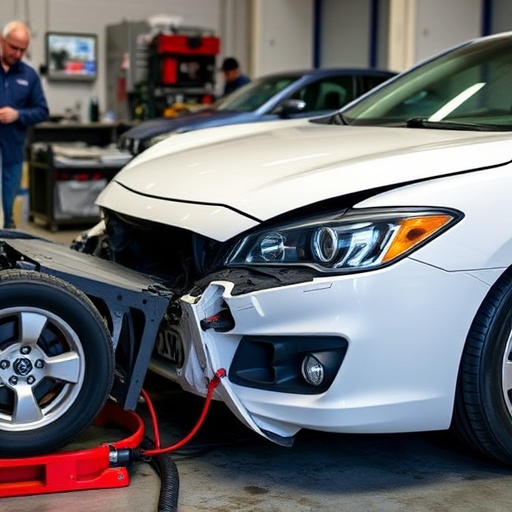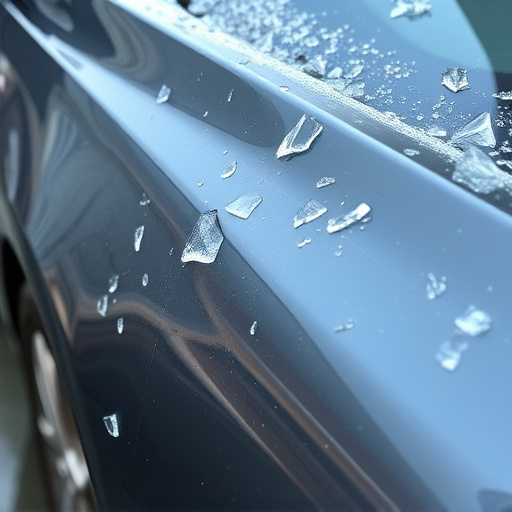Assessing and prioritizing molding replacement collision repairs based on damage type and severity optimizes auto body shop scheduling. Strategic planning, inventory management, and transparent communication enhance efficiency, ensuring prompt restoration of vehicles to pre-accident condition while meeting customer expectations.
In the realm of automotive repair, efficient molding replacement collision scheduling is a game-changer. This article delves into strategic approaches to streamline the process, ensuring swift and effective damage assessment and prioritizing repairs. We explore techniques for balancing resources with demand, highlighting the importance of clear communication to minimize disruption. By implementing these strategies, automotive facilities can enhance customer satisfaction and optimize their workflow in the face of molding replacement collisions.
- Assessing Molding Damage and Prioritizing Repairs
- Efficient Scheduling: Balancing Resources and Demand
- Minimizing Disruption: Effective Communication Strategies
Assessing Molding Damage and Prioritizing Repairs
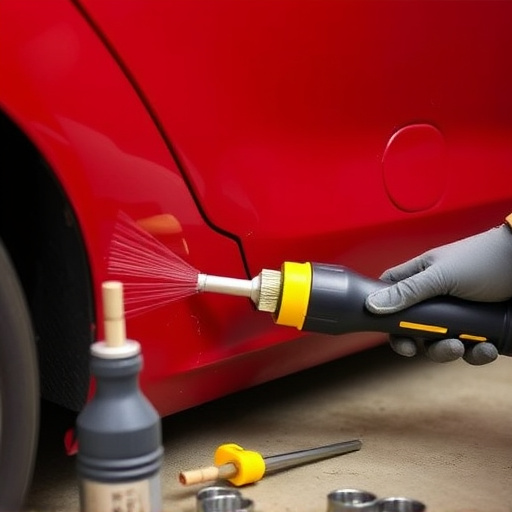
When dealing with a collision, assessing the extent of molding damage is a crucial initial step in effective replacement scheduling. Inspecting the car’s exterior for dents, creases, or any signs of deformation requires a meticulous eye. Each damage type demands a specific repair approach, from simple dent removal to complex panel replacement. Prioritizing repairs based on severity and impact on structural integrity ensures that the most critical issues are addressed first, minimizing overall vehicle restoration time.
Understanding the importance of each damaged area, such as fenders, doors, or bumpers, guides the decision-making process. Minor car dent repair might be suitable for some areas, while more significant vehicle repairs or auto painting may be necessary for extensive damage. Efficient collision scheduling involves balancing these requirements to restore the vehicle’s aesthetic appeal and structural soundness effectively.
Efficient Scheduling: Balancing Resources and Demand
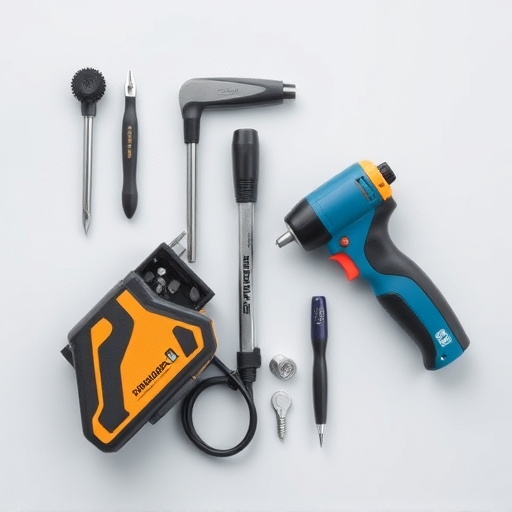
Efficient scheduling in molding replacement collision is a delicate dance between balancing resources and meeting demand. Auto body shops must juggle multiple tasks, from handling minor dents to complex structural repairs, often with limited staff and equipment. A well-oiled machine ensures every customer receives prompt auto repair services without overstretching resources.
This involves strategic planning, where the shop forecasts demand based on past trends and seasonal fluctuations. Utilizing this data, they can schedule staff shifts accordingly, ensuring enough technicians are on hand for peak times. Additionally, maintaining a robust inventory of replacement parts specific to molding and collision damage streamlines the process, allowing for quicker turnaround times in auto maintenance, ultimately enhancing customer satisfaction with top-notch auto repair services.
Minimizing Disruption: Effective Communication Strategies
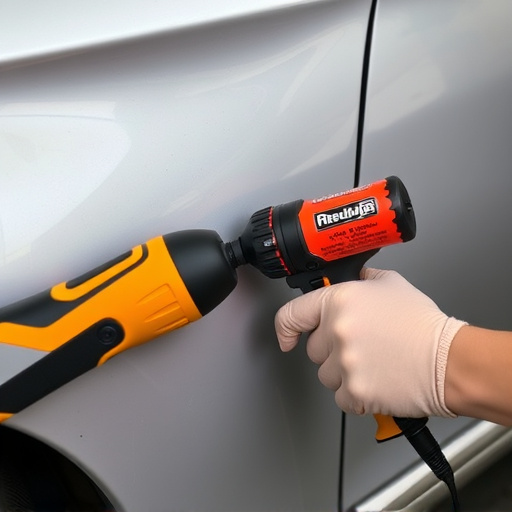
In the realm of molding replacement collision scheduling, efficient communication is key to minimizing disruption and ensuring smooth operations. When dealing with vehicle bodywork, whether it’s for modern or classic car restoration, clear and timely updates are vital. Effective strategies involve establishing dedicated communication channels, such as direct messaging platforms or email newsletters, to keep all stakeholders informed. This includes updating clients on the status of their autobody repairs, estimated timelines, and any potential delays, ensuring transparency throughout the process.
By implementing these communication tactics, collision centers can efficiently manage expectations, prevent misunderstandings, and foster trust with customers. Additionally, regular updates enable proactive problem-solving, allowing for quicker adjustments to the schedule if unforeseen challenges arise during the molding replacement process. This approach not only enhances customer satisfaction but also contributes to the overall success of collision repairs, ensuring vehicles are restored to their pre-accident condition in a timely manner.
In conclusion, efficient molding replacement collision scheduling involves a strategic approach that integrates damage assessment, resource management, and communication. By prioritizing repairs, balancing workload with available resources, and implementing effective communication strategies, collision centers can minimize disruption and enhance customer satisfaction in the molding replacement process. These strategies ensure a smoother workflow, reduce wait times, and ultimately contribute to a more professional and responsive service for all clients.
